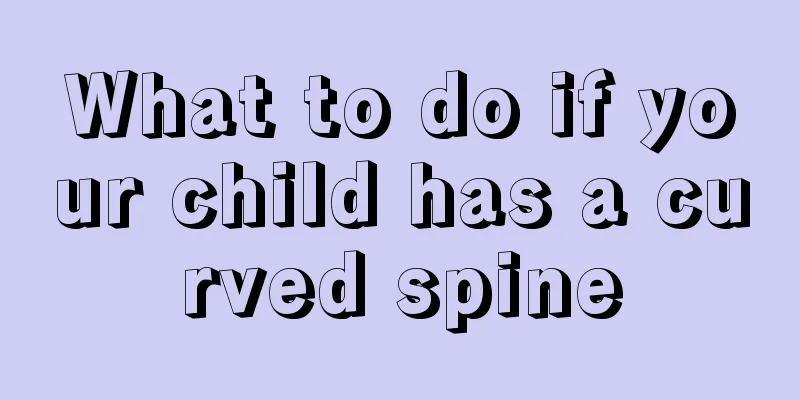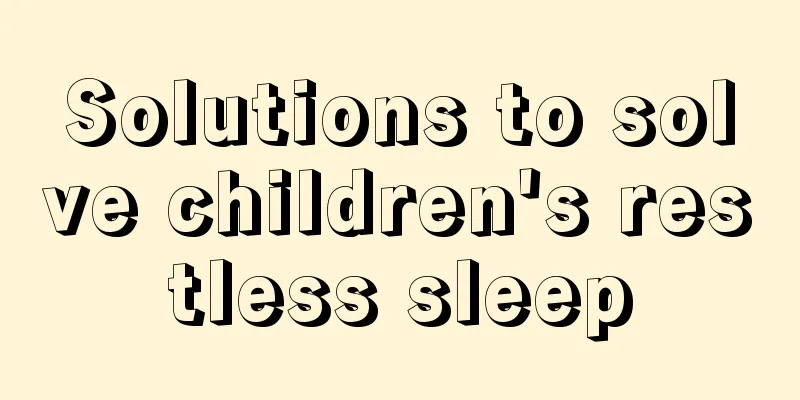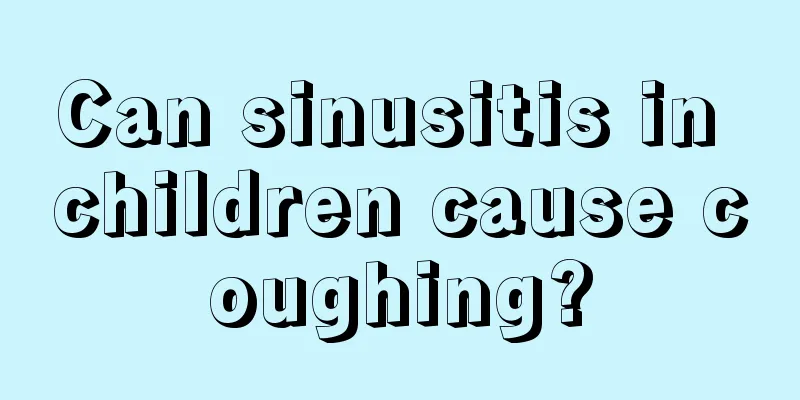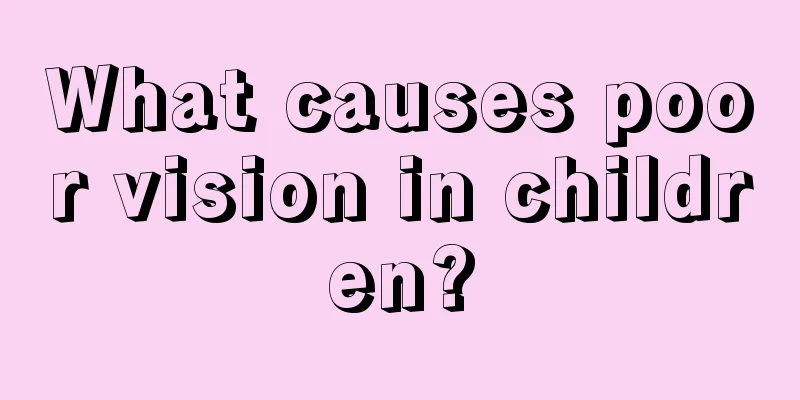What to do if your child has a curved spine

|
As the saying goes, there is nothing that cannot be done, only people who don't work hard. Many children now have spinal curvature. Many of them are caused by parents' negligence, which allows their children to have incorrect sitting posture or develop some bad habits. This has a great impact on the image of their children. But the good thing is that because the children are still in the development period, timely correction can still make up for it. So, what should we do if a child has spinal curvature? Scoliosis is a pathological condition caused by the deformation of the spinal bones, which causes deformation of the structures connected to it. It can affect the spine, thorax, ribs, pelvis, and even cause changes to the entire trunk. It’s okay to let your child practice sitting, but be careful about the degree. For example, a 6-month-old baby can sit, but don't let him practice sitting all the time. If he can do it, it means his nervous system is well developed, but it takes time. For example, if you want to let a child who is over 5 months old practice sitting in advance, the child's spine at this stage has not yet developed straight, and if he sits unstable, the spine will bend, which will also affect the development of the spine. Therefore, it is not recommended for children to practice sitting early. When the baby is 4 months old, he always sits. Sometimes parents can hold him in their arms to support him a little and change his position appropriately. It’s okay. Because when the baby is 3 months or 2 months old, he has to be held horizontally and cannot be held upright. When children are 3 or 4 months old, they like to sit. Why? Because when parents hold them horizontally, the children’s field of vision is very limited. When they are 3 or 4 months old, children want to see more of the world and are willing to sit up and see. But be careful not to maintain one posture for too long, and be careful when holding the baby so as not to affect the child's spinal development. It’s okay to move it more, because at this time it will be willing to stand up. After the child's neck is upright, he can see all around when he is held up, but he can only look up at the sky when he is held horizontally, so he is willing to sit up and look around. Also, when standing, some children will jump when they are 4 or 6 months old. If they want to jump when they are standing upright, you can exert force under their armpits, press them there and make their legs very soft. When the bones have not grown yet, the bones on top are very heavy and it is easy for them to bend, resulting in O-shaped legs and X-shaped legs. Generally, O-shaped legs and X-shaped legs are prone to occur after walking and standing. It is generally not recommended for children to stand or sit early. Instead, they are advised to crawl more, which is helpful for their intellectual development and future walking. Therefore, parents must pay more attention and take more care of the physical conditions of many children, and not wait until the children grow up and there is no room for change to happen before regretting it. Especially when the child is young, any problem can be corrected. For the future of your baby and to keep him healthy, parents should start to correct their children's bad habits! |
<<: Which material is better for baby bottles?
>>: What are the precautions for babies when swimming?
Recommend
My daughter has blood in her stool, what's going on?
It is quite common for daughters to have blood in...
What should I do if my baby's white eyeballs have red bloodshot?
The eyes are not only the window to the baby'...
What should I do if my baby's eczema keeps coming back?
Eczema is a skin disease that can easily occur in...
Three month old baby has dry skin
The skin of newborn babies is very delicate and l...
What should I pay attention to when shaving my baby's head?
Many parents are more concerned about one thing, ...
What to do if your child has a severe dry cough
When a child falls ill, the whole family is conce...
Neonatal jaundice darkening of the skin
The newborn's own resistance and regulation a...
Baby cries before going to bed
There are many reasons why babies cry when they s...
What are the hazards of hair dye to babies?
Hair dyeing is very harmful to babies, especially...
Why is the skin on the child's hands peeling?
When people think of shedding skin, the first thi...
What should I do if my child is allergic to fruit?
Parents often feed their children fresh fruits an...
How much water should children drink every day
Water is a substance that people must consume in ...
What kind of complementary food can a six-month-old baby eat?
Six-month-old babies are already very big, so com...
Causes of cold in four-month-old babies
In fact, babies need careful care in all aspects ...
5 dietary suggestions for fat babies
1. Cook your own meals as much as possible: Nowad...









